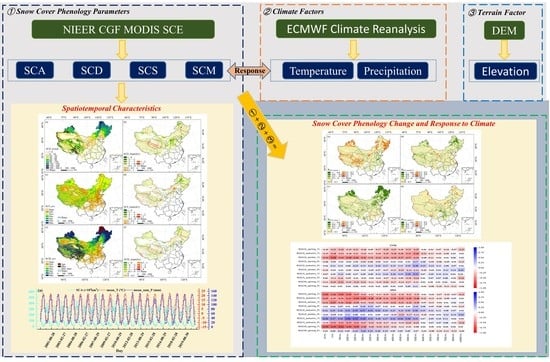Snow Cover Phenology Change and Response to Climate in China during 2000–2020
Abstract
Share and Cite
Zhao, Q.; Hao, X.; Wang, J.; Luo, S.; Shao, D.; Li, H.; Feng, T.; Zhao, H. Snow Cover Phenology Change and Response to Climate in China during 2000–2020. Remote Sens. 2022, 14, 3936. https://doi.org/10.3390/rs14163936
Zhao Q, Hao X, Wang J, Luo S, Shao D, Li H, Feng T, Zhao H. Snow Cover Phenology Change and Response to Climate in China during 2000–2020. Remote Sensing. 2022; 14(16):3936. https://doi.org/10.3390/rs14163936
Chicago/Turabian StyleZhao, Qin, Xiaohua Hao, Jian Wang, Siqiong Luo, Donghang Shao, Hongyi Li, Tianwen Feng, and Hongyu Zhao. 2022. "Snow Cover Phenology Change and Response to Climate in China during 2000–2020" Remote Sensing 14, no. 16: 3936. https://doi.org/10.3390/rs14163936
APA StyleZhao, Q., Hao, X., Wang, J., Luo, S., Shao, D., Li, H., Feng, T., & Zhao, H. (2022). Snow Cover Phenology Change and Response to Climate in China during 2000–2020. Remote Sensing, 14(16), 3936. https://doi.org/10.3390/rs14163936










